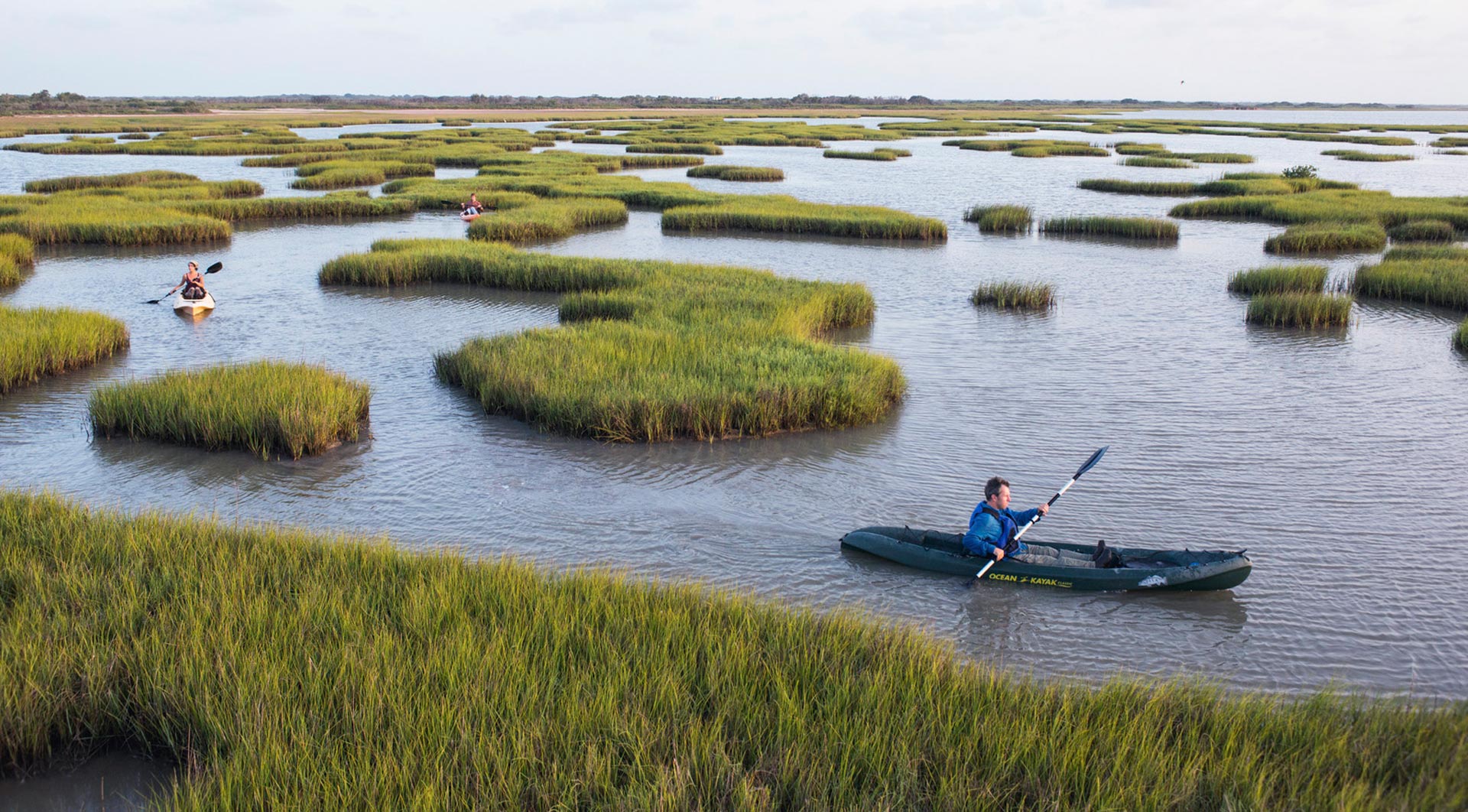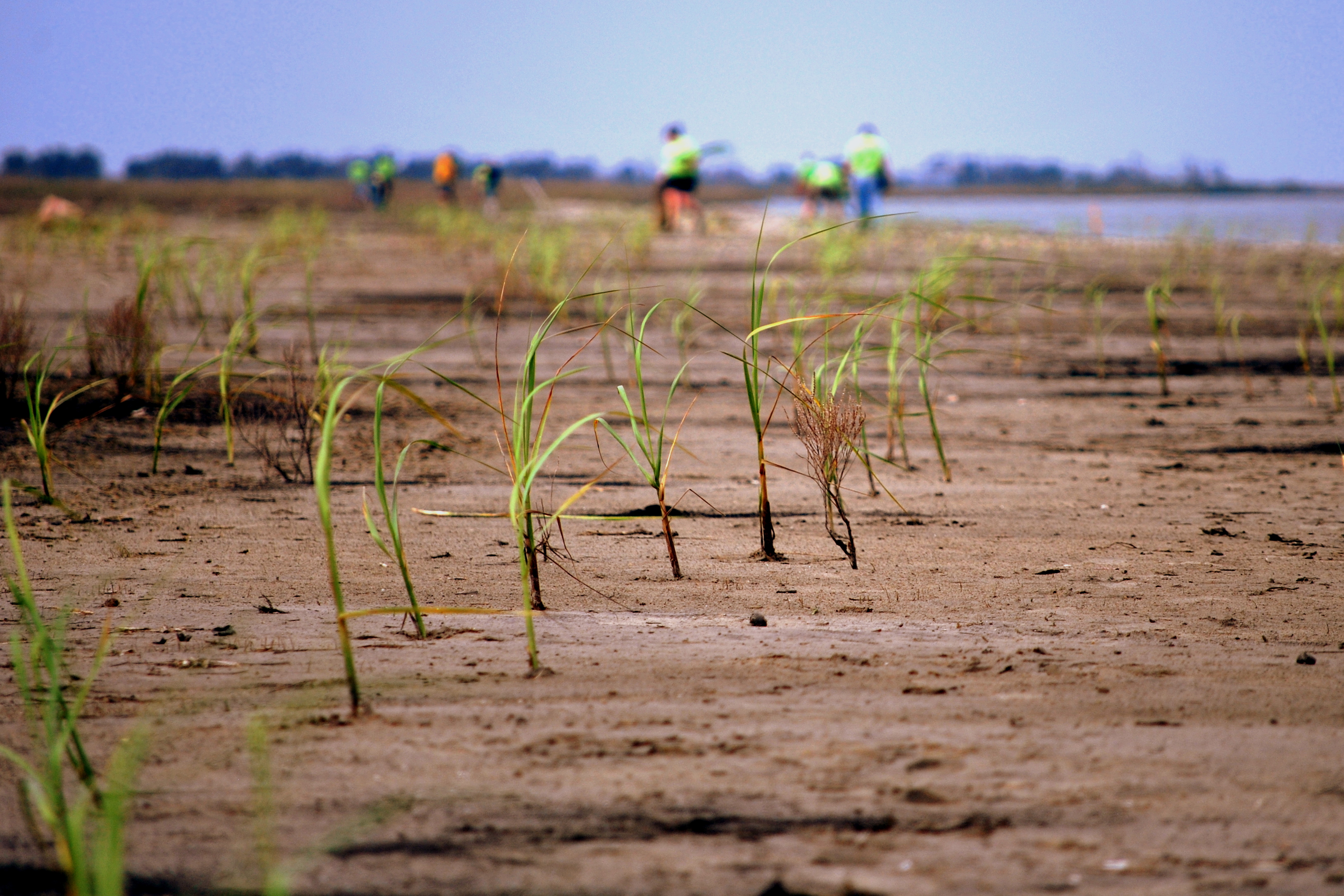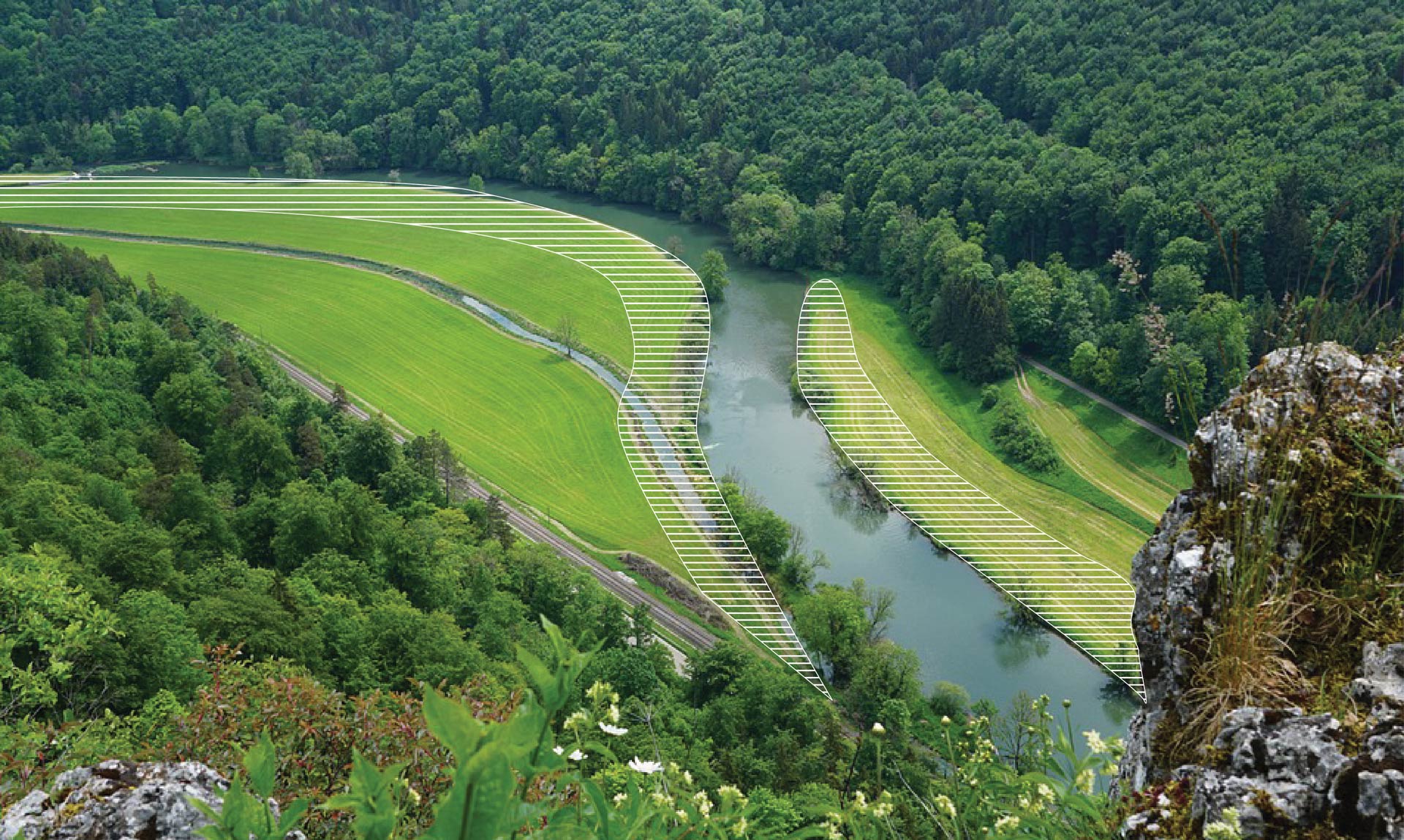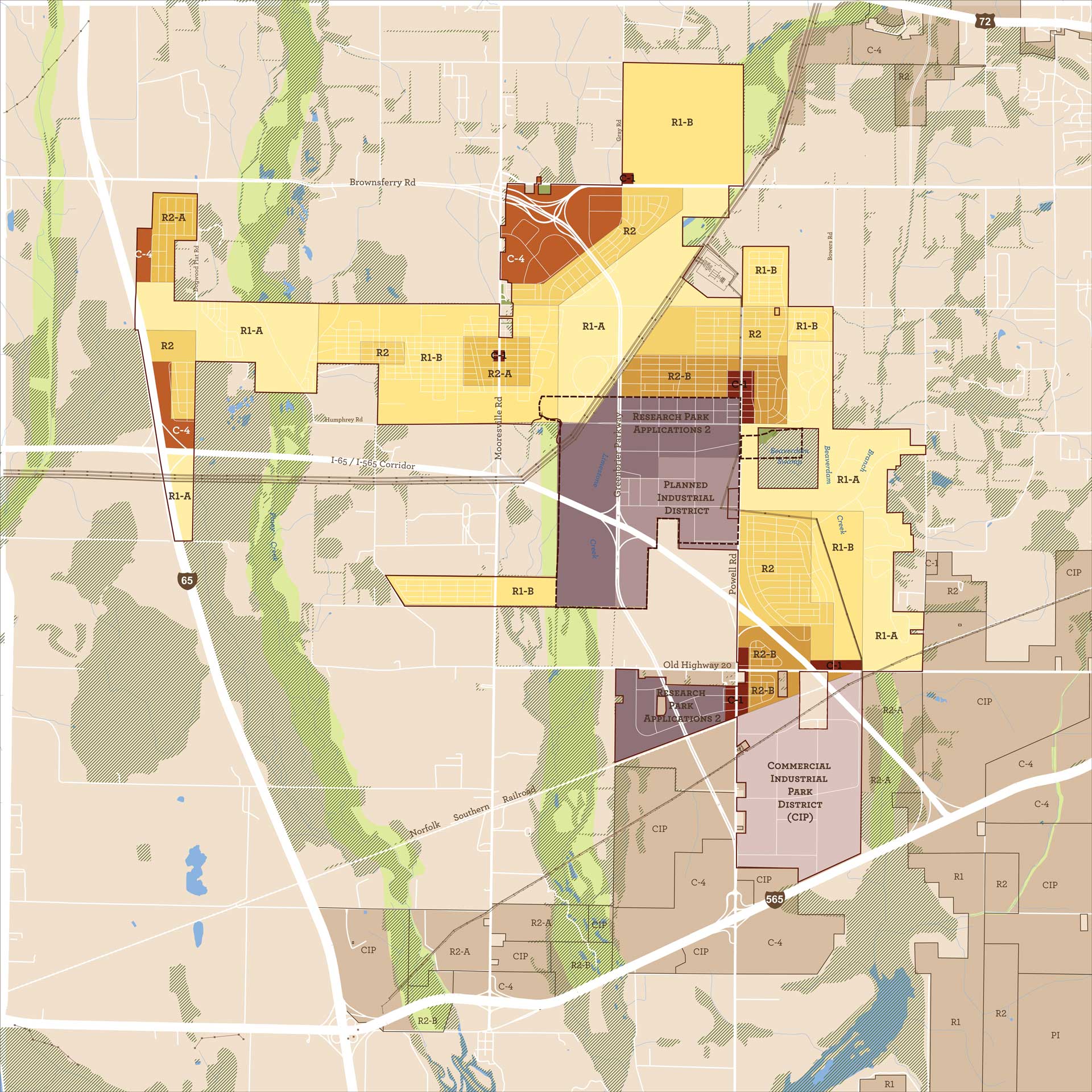Mud Motor Port of Harlingen – Koehool, Friesland, Netherlands
Challenge: Several major ports around the world are located in estuaries with a high load of fine sediments, which requires continuous dredging to secure navigability. The disposal of dredge material has been historically restricted as they are not deemed re-usable. Yet, the beneficial use of dredged sediments has been experimented for practical application in the Netherlands.
Overview/History: The Port of Harlingen was selected to host the Mud Motor pilot due to a combination of factors. The provincial association for nature conservation in Friesland (It Fryske Gea) was dissatisfied with the ecological status of the salt marshes located northeast of the port. Meanwhile, the port authority was seeking alternatives to reduce resources spent on dredging, including the transportation of fine sediments to an inland disposal centre. In this context, the main goal of the Mud Motor Port of Harlingen – Koehool project was to develop salt marshes in the Wadden Sea through the beneficial use of dredged material. This was achieved by depositing fine sediments from the Port of Harlingen during the flood tide, which then transported the sediments naturally to the salt marshes, providing stimulation to salt marsh plain elevation and overall expansion.
Project Details
- Location: Friesland, Netherlands
- Population: 654,203
- Strategies: Beneficial use of dredged sediment
- Cost: € 1,300,000
- Benefits: Biodiversity restoration, Water quality improvement and carbon sequestration
Solution: Around 1.3 million m³ of fine sediment is dredged annually from the Port of Harlingen to maintain navigability. The dredged material was deposited in a designated disposal area in the Wadden Sea near the Port, which was carefully selected to maximize vegetation growth at the Koehool mudflats. The material was submitted to chemical quality analysis prior to the project implementation to ensure suitability for the mudflats and to maintain high environmental standards. The project followed legal requirements from the Nature 2000 network and from the Ministry of Infrastructure and Water (Rijkswaterstaat). The mud disposal was under environmental restrictions and permitted only during specific seasons and time slots. Thus, the legal framework is a critical factor in the project planning as it also may affect the strategy for mud disposal including frequency and duration of disposal events.
Computer modelling was used to predict tidal flow conditions and to identify the optimal disposal location for increased sediment transport. Furthermore, a tracer experiment showed that sediment disposal at an adequate location significantly increases the likelihood of the disposed sediment to reach the desired location (i.e., the salt marshes). This experiment suggested that to capture the real efficiency of the solutions, accurate monitoring of the dredger and the volumes dredged and disposed is highly recommended for similar projects in estuaries. Other relevant lessons learned from this project include:
- The tidal gully, a ditch-shaped formation created by tidal variations, received a relevant volume of mud from the Mud Motor.
- The costs associated with dredging works must consider the sailing distance as it will incur in more expenditures.
- Project feasibility will rely on the effectiveness of salt marsh growth and a cost-benefit analysis encompassing potential cost reduction and practical aspects such as the disposal location.
- Wind force and direction and freshwater-induced circulation highly affected the transportation of mud towards the study area.
- Storm conditions adversely impacted the study area due to erosive events.
The salt marshes growth rate has not yet achieved the expected levels as monitoring results only indicate a temporary presence of dredged sediments in the study area. It is likely that the fine sediments are transported back into the port, which does not provide enough support to salt marshes development in the short-term. Although there is a possibility that the growth will still occur but with considerable delay, the lessons learned nevertheless proved valuable and promising for future implementations of this solution.
Funding/Financing: The total cost of the project (1.3 million Euros) was shared between a public funding subsidy from Waddenfonds (66%) and private sources (33%).
Benefits: Locally, the project was successful in delivering biodiversity restoration, enhanced carbon sequestration, and water quality improvement, while meeting both operational and environmental goals. It also showed that less recirculation of sediments towards the port resulted in less dredging maintenance. However, the primary benefits of this project were in the future replications of the project concept elsewhere. The pilot project increased the understanding of the hydrodynamics and morphodynamics of the system, enabling replication in other potential sites. It also provided useful insights on practical factors for project implementation surrounding capacity and feasibility.
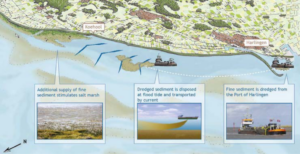
Illustration of the sediment transport route of the Mud Motor. Source: https://www.iadc-dredging.com/wp-content/uploads/2019/10/terra-et-aqua-155-4.pdf
References:
Re-use of dredged sediment – Mud Motor. Source: https://www.ecoshape.org/en/cases/re-use-of-dredged-sediment-mud-motor-in-port-of-harlingen-koehoal-nl/
The Mud Motor: A Beneficial Use of Dredged Sediment to Enhance Salt Marsh Development. Source: https://www.iadc-dredging.com/wp-content/uploads/2019/10/terra-et-aqua-155-4.pdf
Beneficial use of dredged sediment to enhance salt marsh development by applying a ‘Mud Motor’. Source: https://doi.org/10.1016/j.ecoleng.2018.11.019
It Fryske Gea. Source: https://www.itfryskegea.nl/organisatie/
Beneficial use of dredged sediment to enhance salt marsh development by applying a ‘Mud Motor’: evaluation based on monitoring. Source: https://www.ecoshape.org/app/uploads/sites/3/2016/07/EcoShape-report-Mud-Motor-evaluation-based-on-monitoring.pdf
Tidal Courses: Classification, Origin and Functionality. Source: https://iado.conicet.gov.ar/images/stories/archivos/geologiamarina/TidalCourses.pdf
